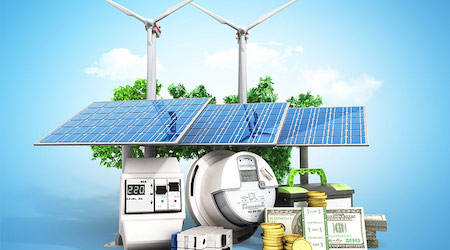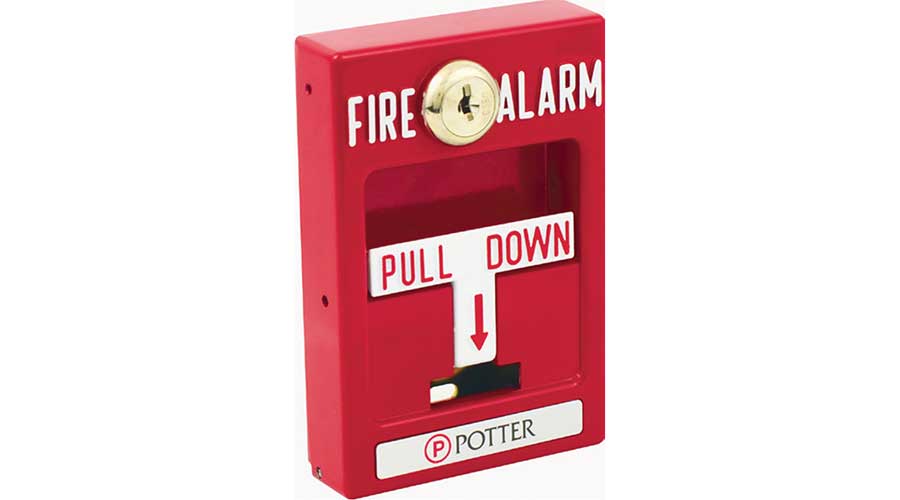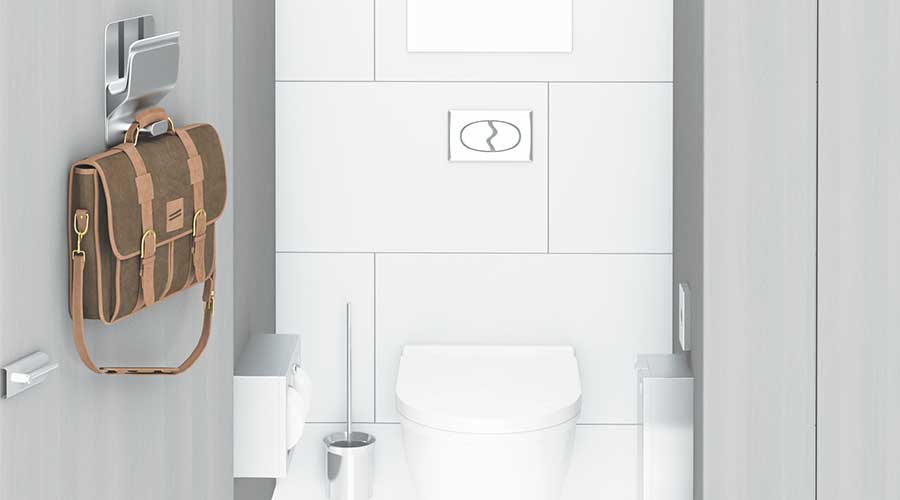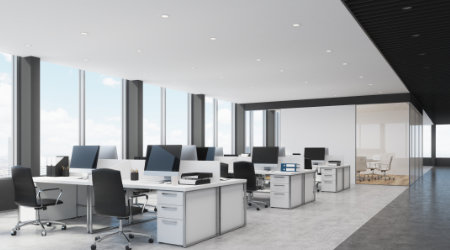
Tax Incentives Can Jump Start Energy Efficiency Projects
March 12, 2021
Here is some much-needed good news for facility managers: The December 2020 year-end stimulus package made the Section 179D building energy tax incentive permanent and extended tax credits for various renewable technologies, including solar, geothermal, and wind. Additionally, companies can get utility rebates to lower the cost of energy-efficient installations.
Section 179D became effective as of January 1, 2006, and remained a temporary tax legislation through 2020. Pursuant to the Energy Policy Act of 2005, Section 179D allows for commercial building owners and designers of government buildings to use a tax deduction up to $1.80 per square foot for energy efficient building lighting, HVAC, and envelope installations. Both new construction and existing buildings are eligible for this tax incentive.
On December 27, 2020, the Consolidated Appropriations Act 2021 was signed into law, which included the permanency of Section 179D. In addition to permanency, the amount of the tax deduction levels (maximum $1.80 per square foot) will now be subject to annual increases based on inflation.
Under Section 179D, installations related to lighting, HVAC, and building envelope (i.e. roof, windows, exterior doors and walls) are eligible. To qualify, the efficiency levels of the building's energy systems must be more efficient than standards set by ASHRAE for specified levels.
To qualify for the maximum $1.80-per-square-foot tax deduction, the building's overall energy systems must be at least 50 percent more efficient than the ASHRAE standard, which varies depending on the year of project completion. The Section 179D deduction is not technology specific: As long as a building meets the energy efficiency requirements as compared to ASHRAE, it can qualify for the tax incentive.
In addition to commercial building owners, designers of government buildings are eligible to take the Section 179D deduction. Eligible government buildings for designers include federal, state, and local building categories. The largest government building categories include K-12 public schools, public universities, and military bases.
To read this full article, titled “Free Money for Energy Projects?” by Charles Goulding and Raymond Kumar of Energy Tax Savers, Inc., check out our new premium content product, fnPrime. For $19.99 per month (or $199 for the whole year), with fnPrime, you can get access to dozens of premium articles, webcasts, videos, and ebooks. And throughout the year, you’ll get discounts on events, and invites to exclusive member-only functions. Sign up today!
Next
Read next on FacilitiesNet












